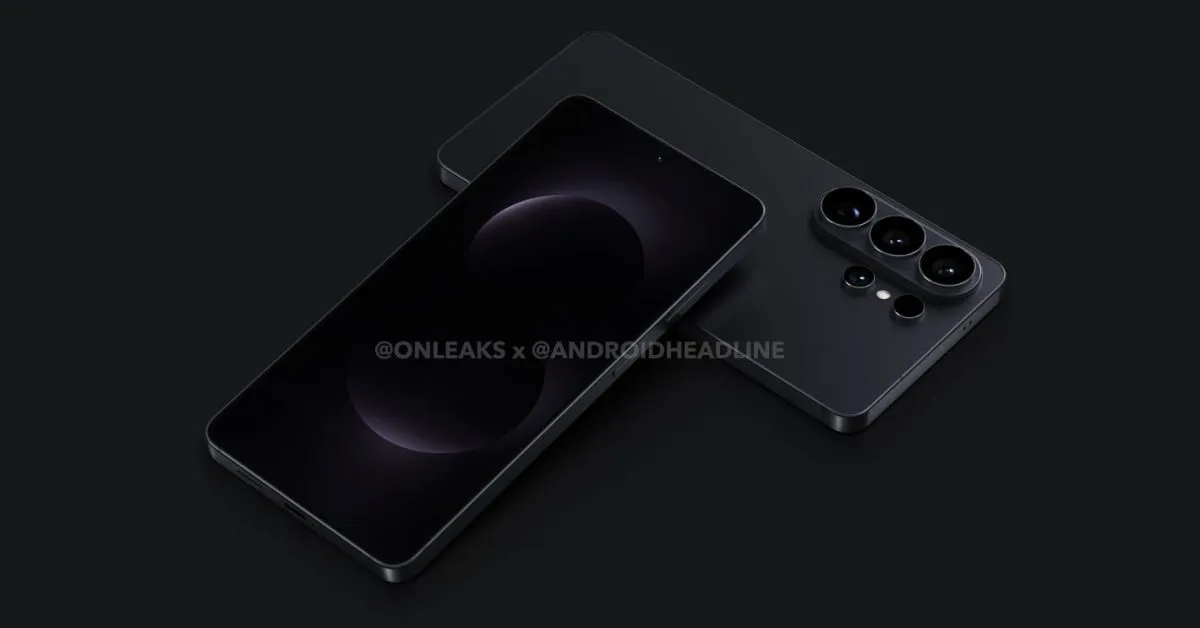
Samsung's upcoming Galaxy S26 series has generated considerable buzz, despite some external skepticism regarding the company's strategic decisions. Recent reports indicate that no amount of drama or rumors about potential Edge cancellations can overshadow Samsung's optimistic outlook for this highly anticipated smartphone lineup. According to a report by Korean publication Maeil Business News (via @Jukanlosreve), Samsung has unveiled its annual forecast for the mobile division (MX) as it gears up for the launch of next year's products, showcasing a level of confidence and ambition that is hard to ignore.
Samsung anticipates that the Galaxy S26 series—which will likely include the standard S26, the S26+, and the premium S26 Ultra—along with potential Edge and FE versions later in the year, will achieve remarkable sales figures. The company projects that this new lineup will sell an impressive 36 million units, contributing to a broader goal of reaching 240 million smartphone sales globally. If these projections hold true, the mobile division could generate over $90 billion in revenue.
Breaking down these ambitious expectations reveals that Samsung is aiming to exceed the success of its predecessor, the S25 series. In the first half of the current year, Samsung sold 22 million units of the S25, and the company hopes to surpass that figure by at least 2 million additional devices. The enthusiasm doesn’t stop with smartphones; foldable devices are also a significant part of Samsung's strategy for 2026. The anticipated Fold 7 and Flip 7 are expected to achieve combined sales of 5 million units following their expected mid-year launch.
While smartphones are undoubtedly the focal point of Samsung's plans, the company aims to sell at least 27 million Galaxy Tab models as well. This optimistic outlook follows a surprisingly strong year for Samsung, with both the Galaxy S25 and the Galaxy Z Fold 7 exceeding market expectations. Analysts attribute this success to various factors, including an ongoing upgrade cycle as older models reach the end of their lifecycle and the appealing design of the Fold 7.
Samsung believes that its focus on artificial intelligence (AI) has played a crucial role in revitalizing its market presence. The success of AI-enhanced devices, such as the Pixel 10, may lend credence to this assertion, although it remains uncertain if the Galaxy AI initiatives are solely responsible for the renewed consumer interest. Nonetheless, Samsung’s commitment to innovation and its extensive product lineup sets the stage for what could be a groundbreaking year ahead.
As we look forward to the launch of the Galaxy S26 series, it’s clear that Samsung is not just aiming to meet expectations but to redefine them in the competitive smartphone landscape.